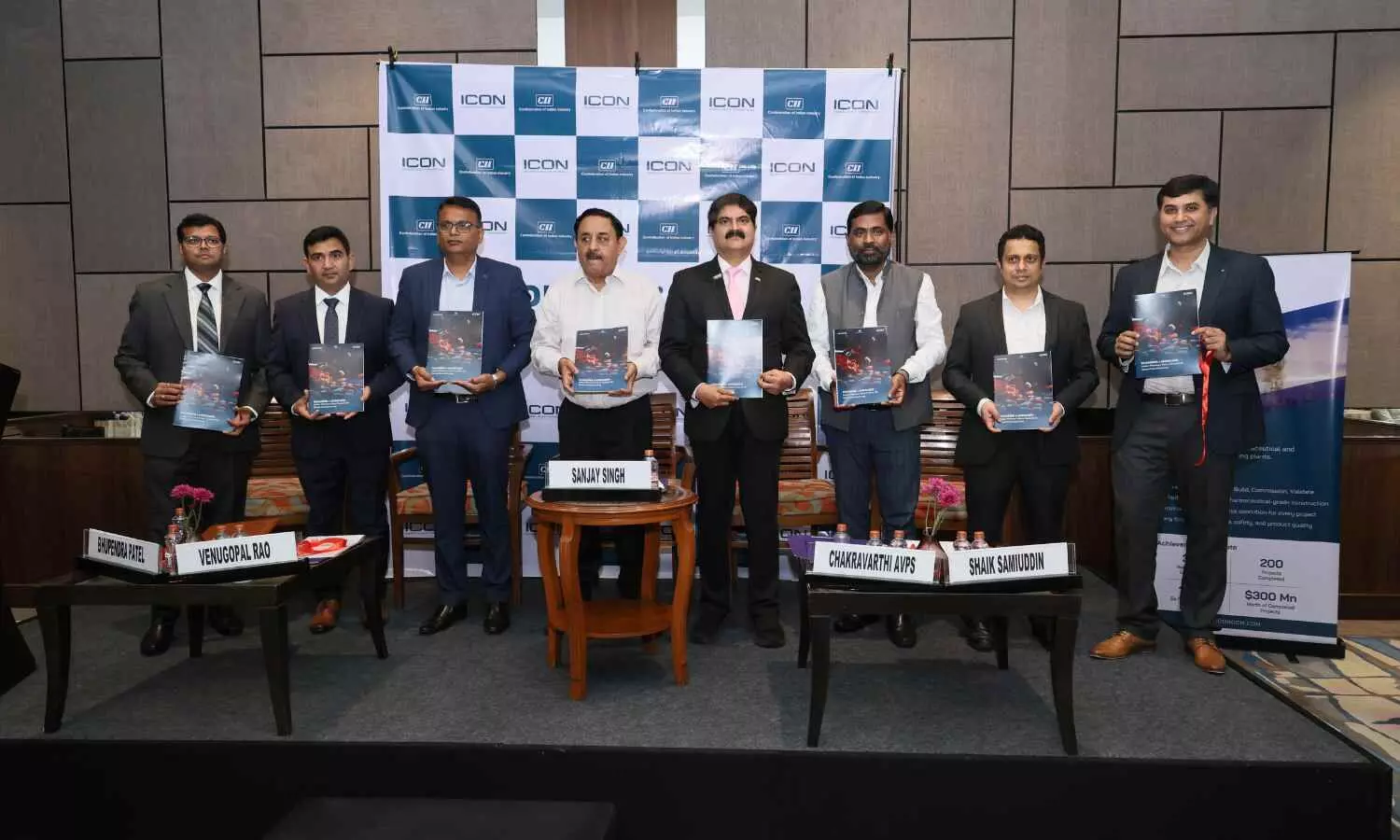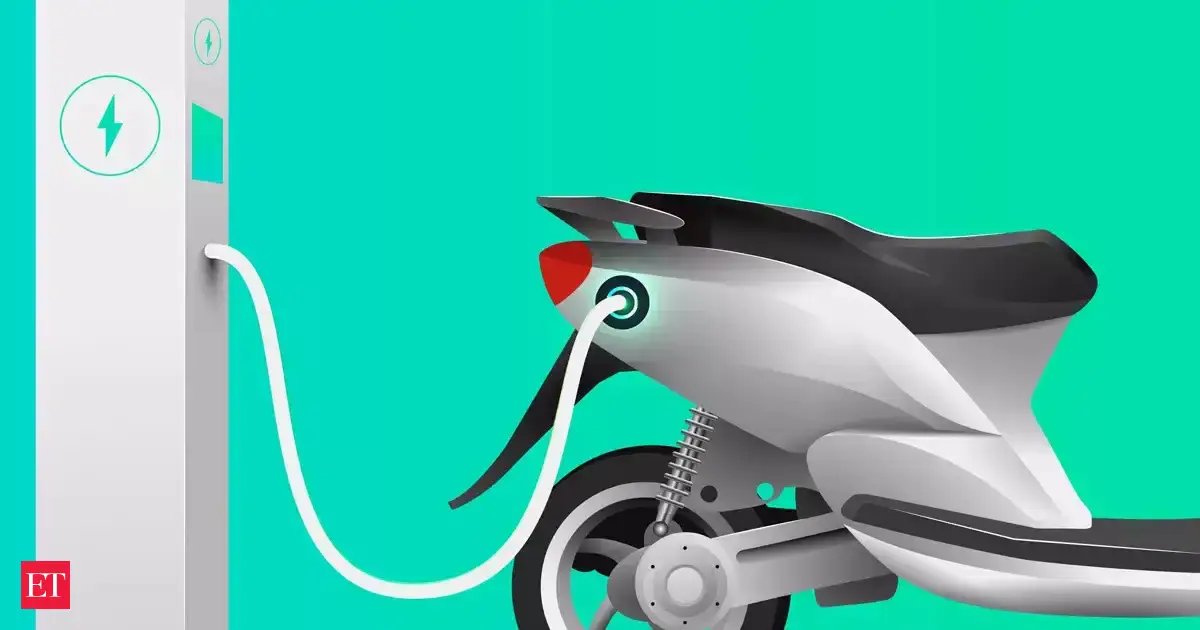
We’ve all heard the saying, “When you change the incentives, you change the behavior,” and most of us even believed it at some point. But with experience, you find that human behavior doesn’t fit into such neat little boxes. People act the way they do for all kinds of reasons, some of them rational, some of them not.
The truth is that incentives often backfire because of something called Goodhart’s law. Once we target something to incentivize, it ceases to be a good target. A classic example occurred when the British offered bounties for dead cobras in India. Instead of hunting cobras, people started breeding them which, needless to say, didn’t solve the problem.
Smart leaders understand that behavior is downstream of culture. There are norms that underlie behaviors, and those norms are encoded by rituals that guide everything from how you hire to how you promote, and how you determine compensation. That’s why you can’t just tweak incentives. For meaningful change, you need to activate cultural triggers that shift norms from the inside out.
Subscribe to the Daily newsletter.Fast Company’s trending stories delivered to you every day
Privacy Policy
|
Fast Company Newsletters
The surface behaviors you see
In 1984, Michael Dell launched his eponymous company from a college dorm room with a simple idea: bypass the reseller channel and sell customized computers directly to customers. The model gave Dell a clear cost advantage by eliminating dealer markups—and even more importantly, it allowed him to receive payment before paying suppliers
This direct model was a simple idea and a clear competitive advantage, but none of the incumbent industry giants, such as Compaq and HP, managed to adopt it. It wasn’t for lack of trying. The advantages of Dell’s model were well known, widely publicized, and seemingly straightforward to replicate. There were a number of efforts to replicate it.
Theoretically, switching to a direct model shouldn’t have been that difficult. If a college student like Dell could set it up in a dorm room, surely multibillion-dollar corporations could do the same. They could just easily tweak commissions so that salespeople would be incentivized to focus on selling directly to customers rather than resellers.
Yet the real world isn’t so simple. Consider all of the salespeople servicing retail and reseller accounts. They’d spent years earning status within the organization by building those relationships. It’s not just about financial incentives, but the identity and status conferred by the connections everybody worked so hard to build.
It’s not just salespeople either. Logistics would have to be completely redesigned. Longtime employees would have to sever relationships and build others, learn new skills, and do their jobs differently. Jobs are more than just transactions; they’re expressions of who we are and how we see ourselves.
The norms that underlie those behaviors
While Dell’s direct model was gaining dominance, the company that launched the PC revolution, IBM, was going through a crisis of its own. After decades of market leadership, it had become a faltering giant, losing competitiveness in the very industry it had pioneered. It wasn’t until Lou Gerstner arrived as CEO in 1993 that the company began to reckon with the deeper cultural issues driving its decline.
Irving Wladawsky-Berger, one of Gerstner’s chief lieutenants, would later explain what had gone wrong. “At IBM we had lost sight of our values,” he told me, and then continued:
“For example, there was a long tradition of IBM executives dressing formally in a suit and tie. Yet that wasn’t a value, it was an early manifestation of a value. In the early days, many of IBM’s customers were banks, so IBM’s salespeople dressed to reflect their customers . . . IBM had always valued competitiveness, but we had started to compete with each other internally rather than working together to beat the competition.”
In a similar vein, when Paul O’Neill took over aluminum giant Alcoa, he told reporters and analysts, “If you want to understand how Alcoa is doing, you need to look at how we treat safety. If we bring our injury rates down, it won’t be because of cheerleading or posters. It will be because the people at this company have agreed to become part of something important: they’ve devoted themselves to creating a habit of excellence.”
In both cases, transformational leaders, O’Neill at Alcoa and Gerstner at IBM, understood that the behaviors they were seeing were a function of norms, some explicit and some otherwise. Both also understood that if they were going to change those behaviors, they had to reshape the rituals that encoded those norms into the culture.
Changing rituals to encode new norms
Gerstner noticed when he arrived at IBM how the company’s rituals reinforced internal rivalry. Instead of collaborating, business units often worked to undermine one another—hoarding information and maneuvering for dominance. As he would later write in his memoir, Who Says Elephants Can’t Dance:
“Huge staffs spent countless hours debating and managing transfer pricing terms between IBM units instead of facilitating a seamless transfer of products to customers. Staff units were duplicated at every level of the organization because no managers trusted cross-unit colleagues to carry out the work. Meetings to decide issues that cut across units were attended by throngs of people because everyone needed to be present to protect his or her turf.”
advertisement
Gerstner understood that if he was going to change IBM’s culture and turn the business around, he needed to dismantle the rituals that were reinforcing dysfunctional norms. Through company-wide emails and personal conversations, he made it clear that collaboration was now a core expectation. He even fired a number of senior executives—previously regarded as untouchable—who were known for infighting.
While Gerstner broke old rituals that encoded the infighting norms, O’Neill focused on creating new ones. He introduced a simple but powerful rule: any time someone was injured on the job, the unit president had to inform him within 24 hours. But to achieve that, their vice presidents needed to be in constant communication with floor managers, which required them to create new rituals of their own.
These rituals encoded new norms of responsiveness and transparency that were used to share information that went far beyond safety. Soon, company executives all over the world were actively sharing local market conditions, competitive intelligence, emerging problems, and best practices from across the organization.
Gerstner and O’Neill both achieved historic turnarounds at iconic companies because they understood how the cultural triggers of norms and rituals shape behaviors.
Designing a performance culture
Lou Gerstner, reflecting on his legendary turnaround at IBM, wrote, “Culture isn’t just one aspect of the game, it is the game. In the end, an organization is nothing more than the collective capacity of its people to create value . . . What does the culture reward and punish—individual achievement or team play, risk-taking or consensus building?”
Every culture encodes norms through rituals. How you hire, promote, produce budgets, and account for expenses and profits all involve ritualized processes. These reflect both explicit and implicit values that guide people on how they’re expected to act. Deliberately or not, leaders are constantly sending signals and people are constantly reading them.
It’s not uncommon for leaders to be unaware of the signals they are sending. Take stack ranking, which requires managers to rank employees by performance and eliminate the bottom 10%. It’s meant to encode norms of excellence. But often it does just the opposite, encouraging employees to undermine each other instead of collaborate together effectively.
All too often, leaders try to shape behavior through incentives. But trying to bribe and bully your way to a performance culture is like closing the barn door after the horse has already bolted. To effectively shape behavior, you need to address the norms and rituals that underlie it. Incentives might enforce compliance, but they won’t inspire passion or creativity.
To build a true performance culture, it is not enough to simply plan and direct action; you have to inspire and empower belief. You do that by being deliberate and precise about how you design cultural triggers.



